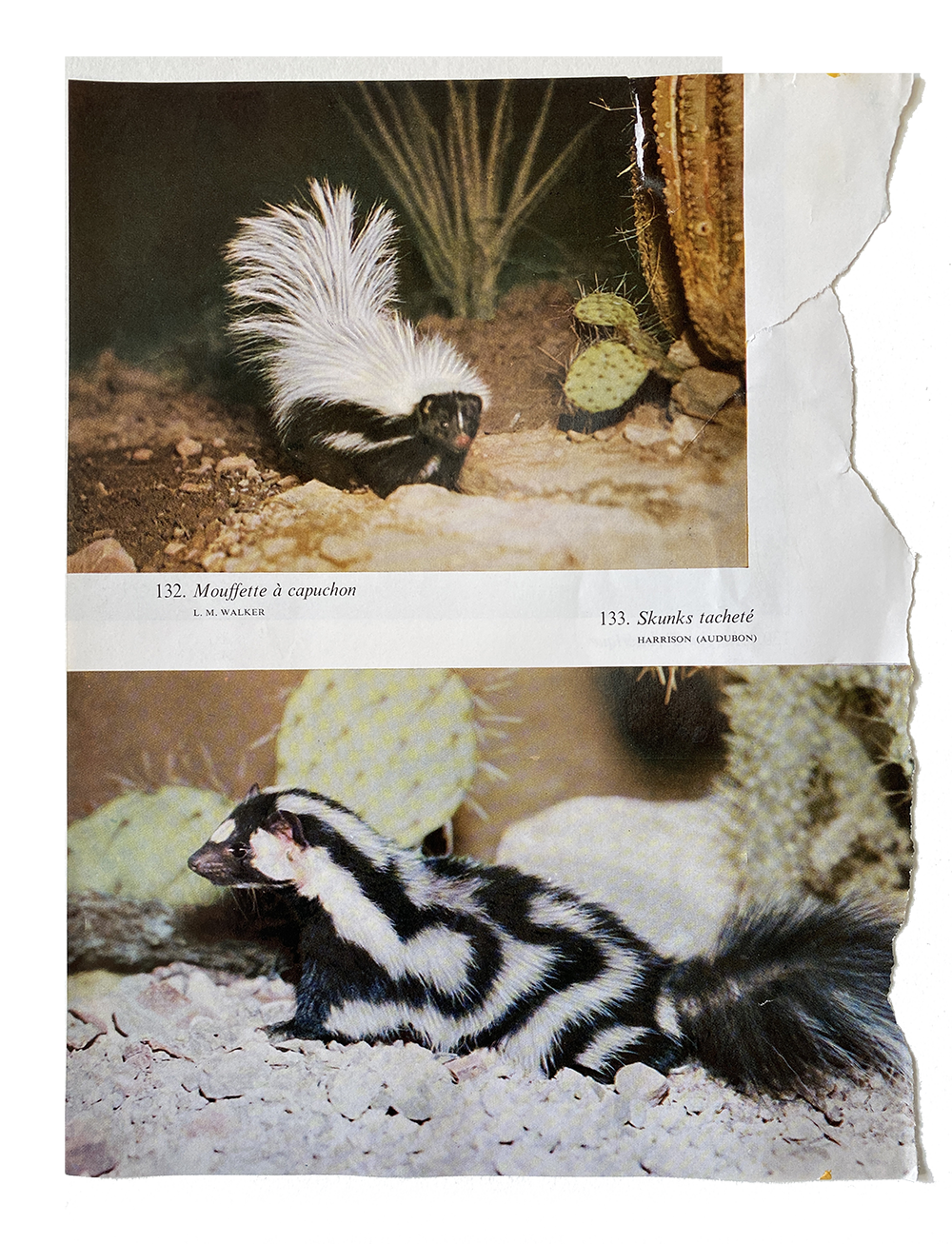FATA MORGANA PAINTING SERIES
The set of paintings presented reflects the personal, historical and cultural
references of the artist Patrick Guidot. Cinema, daily news pictures, music, and
the history of art are all sources of his inspiration.
The title of the exhibition, FATA MORGANA, is a tribute to W. Herzog.
In his most intimate film, the director linearly goes through the African
desert, showing the landscape as seen from a train. He inquires about
the abstract, mysterious, and moving nature that spins like a mirage.
As the starting point of this series, the mirage has a very particular
echo in the characters of women who inspire the Juliane and Viviane
paintings that the artist sets up as icons. Juliane Koepcke was the only
survivor of a plane crash and survived in the Peruvian forest for several
days. In this hostile and exotic natural environment, she managed to
find her way. In this same natural environment in New Caledonia,
Viviane seeks an imaginary paradise in the film Obscured by Clouds
(B. Schroeder, 1972).
Like an encyclopedia where definitions and pictures collide with
no other relation than the proximity of their spelling, Patrick Guidot
organizes his compositions through collages and juxtapositions.
Although these encounters may seem fortuitous, there reigns,
through the unbleached reserves, negative areas – the framework of a strange narrative.
These pictorial fictions draw their materiality from repetition and
recycling, in which Patrick Guidot revisits and remixes parts of his previous
work. The unique and central element of the composition gives way
to the juxtaposition of a uniformly colored surface by considering only
these simple elements: gesture (lines), texture (techniques), and weight
(colors).
Patrick Guidot questions his relationship to the image and samples
a certain number of images gleaned wherever he can to form his
iconographic collection. He also uses multiple techniques such as cutting,
dripping, imprints, runs, and even creasing or folding to embrace
the history of art. Processing the images (magnified, filtered, unfinished,
precise) erodes knowledge of the drama, which disappears in fictitious
time to nourish the time of the painting. For this reason, the context is
suggested and fantasized by the spectator.
Thus, the artist distances the tragedy and violence of emotions too
real to promote his gestures instinct, spontaneity, and authenticity in his
purposely mastered compositions.












